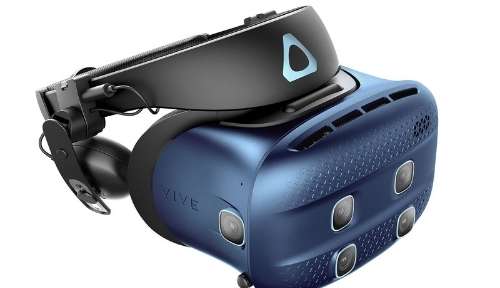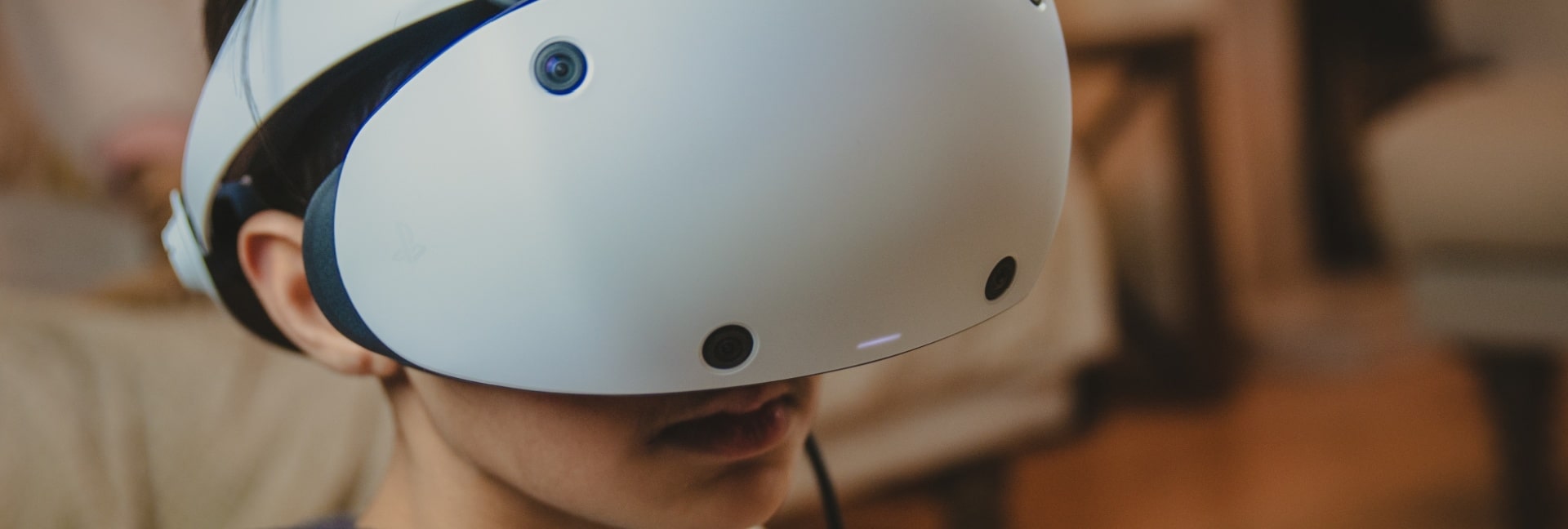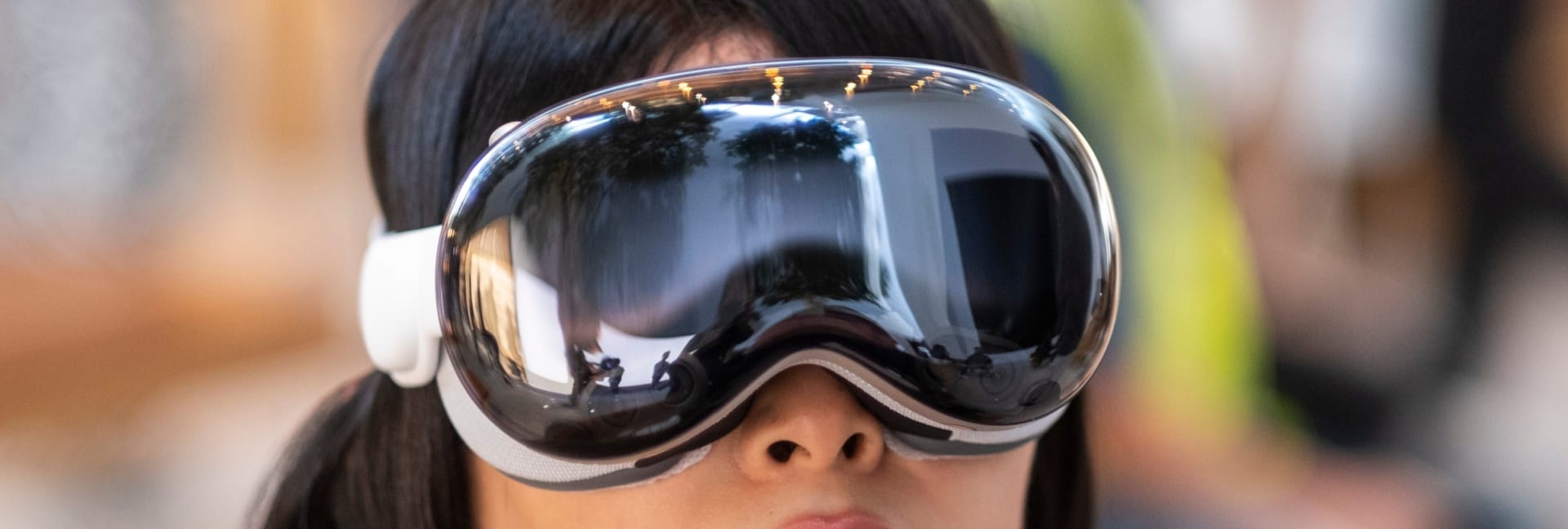Virtual reality can be used as a form of rehabilitation for people who have become disabled as a result of an accident or injury. This article discusses the various ways in which it does so.
How is virtual reality used to help the disabled? In numerous ways such as desktop systems with voice activated software, virtual worlds and fully immersive systems where the person is able to navigate a virtual world.
Second Life and the disabled
Virtual worlds such as Second Life enable people to interact with others through avatars. Avatars are graphical representations of human beings and can be customised to fit individual requirements. These avatars navigate their environment, participating in activities and socialising with other people.
Many companies and organisations operate in a virtual world such as Second Life, setting up their own offices where people (avatars) can meet and interact. This includes charities such as Contact a Family (www.cafamily.org.uk) that have set up their own office where parents of disabled children meet, share information and provide support to each other. This is useful for those parents who are unable to get out and about due to the demands of caring for their disabled child.
Desktop virtual reality and the disabled
There are desktop virtual reality systems which enable wheelchair users to navigate a virtual world, for example a busy street or shopping centre. They learn how to move around and avoid obstacles in a virtual setting before putting these into practice in the real world. They wear a head mounted display (HMD) and use an input device such as a joystick or trackball.
This is useful in the design of buildings with disabled access as a means of testing prototypes before they are built. The aim is to see if the wheelchair user can successfully negotiate their way around a building and if not, what the potential hazards are.
The aim of this technology is to enable the disabled to lead an independent life wherever possible and to interact with others. Virtual reality can teach them basic skills which able bodied people often take for granted but nevertheless, are still important for day to day living. These include cooking, shopping and other household tasks.
The aim is to boost confidence and self-esteem thereby leading to improved quality of life. The disabled person is able to engage with society and feel a sense of value from doing so.







